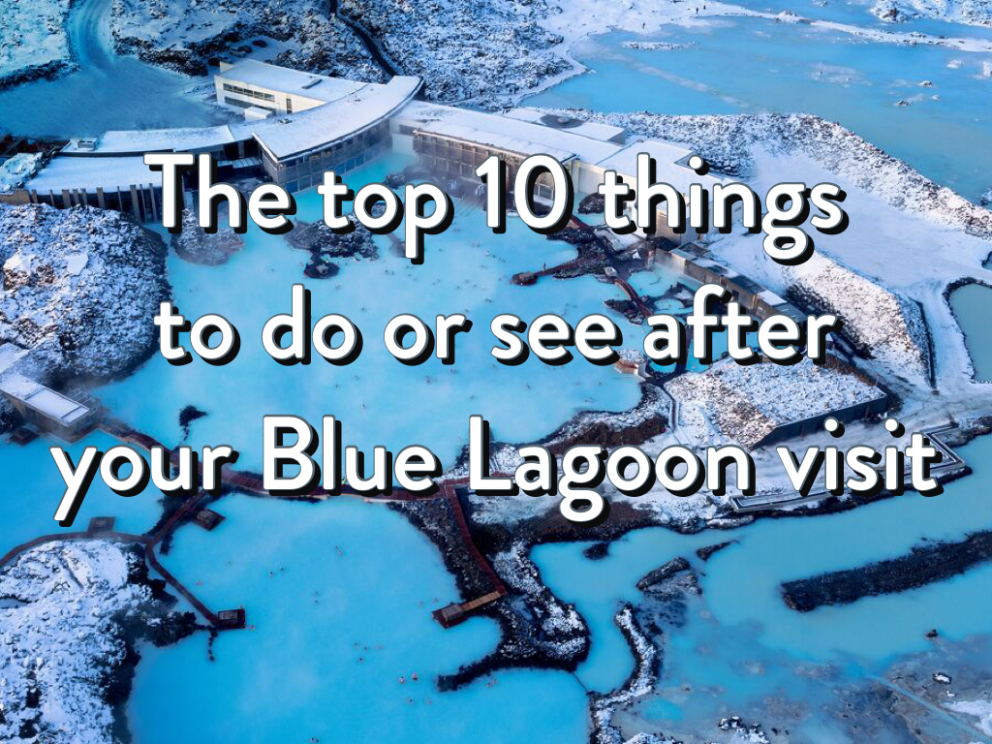The top 10 things to do or see after your Blue Lagoon visit
Reykjanes is best known as the home of Keflavik Airport, but don’t rush off: there’s much more to see in this part of Iceland, not least one of the most luxurious spas in the country. When you’ve finished your dip in the pool, why not check out our picks for the top ten things to do or see after your Blue Lagoon visit.
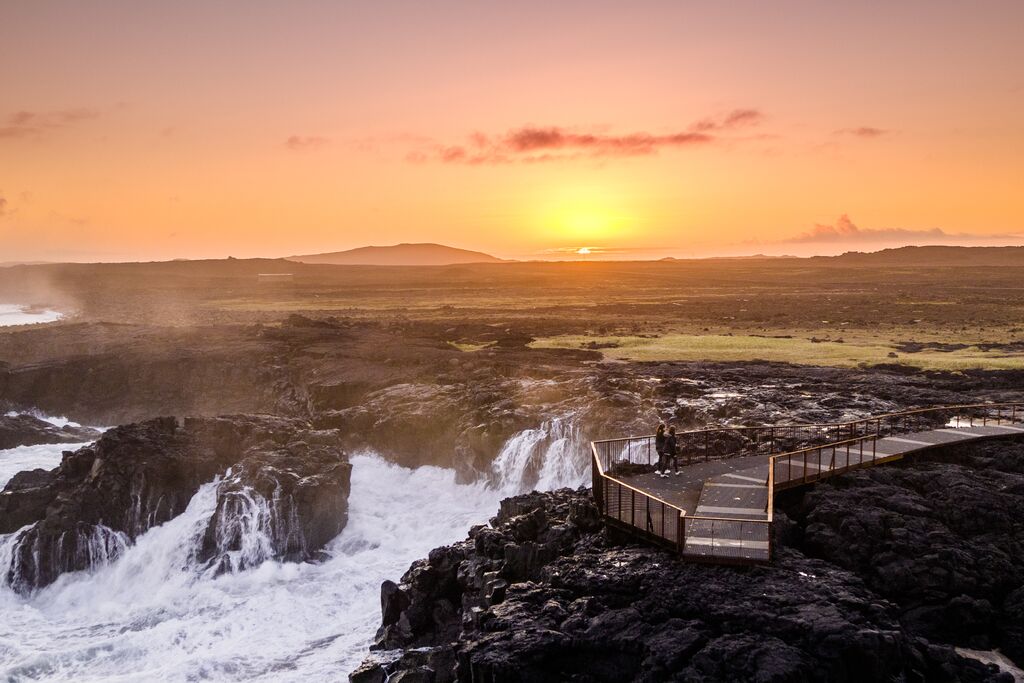
Brimketill lava pool
Extensive lava fields cover a significant proportion of the Reykjanes peninsula but they’re most breathtaking where they meet the ocean. Brimketill lava pool is one such place, where the crashing waves have eroded a circular pool. It’s most visible at low tide when the sea’s calm, but don’t be tempted to go for a swim.
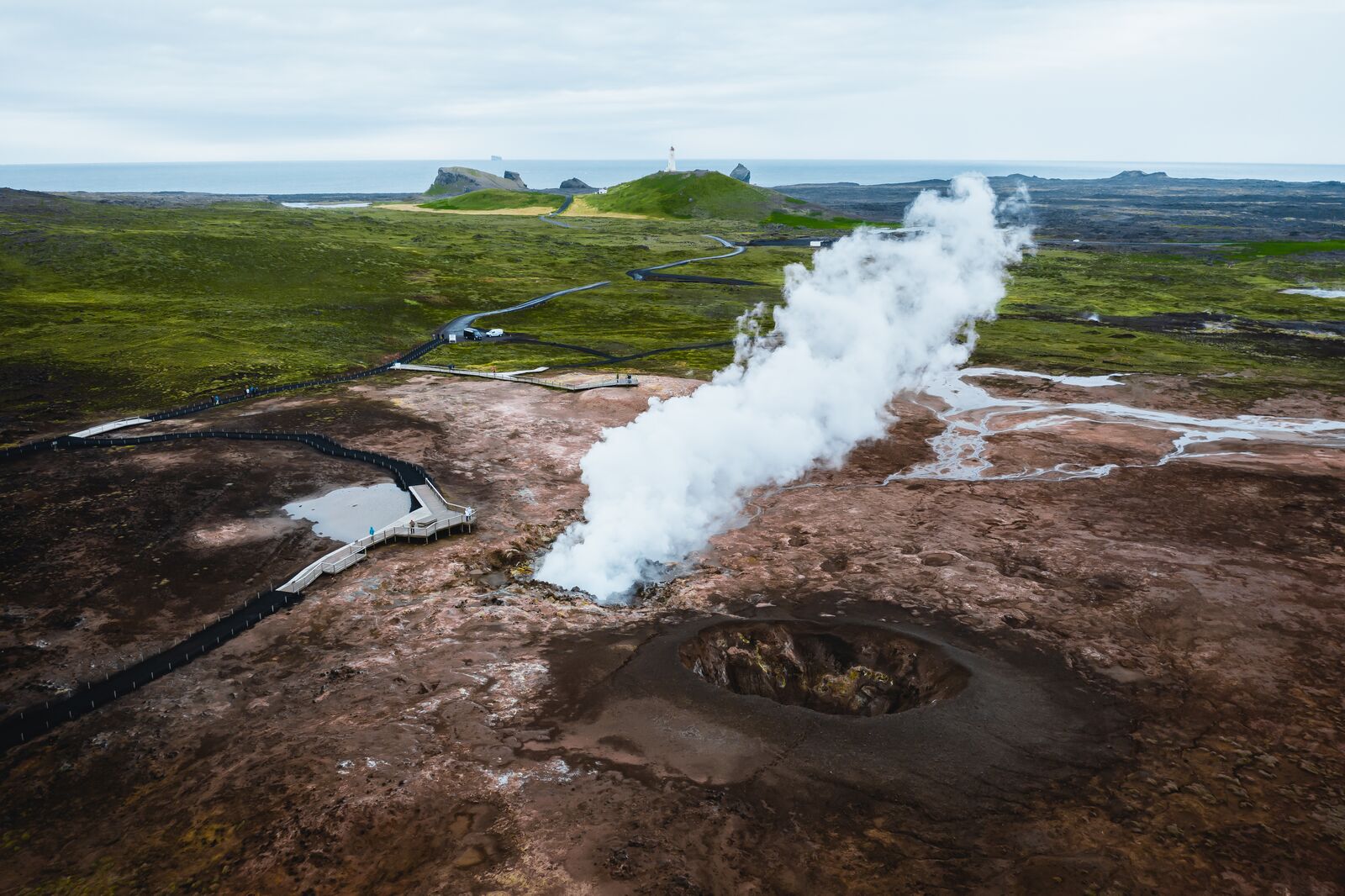
Gunnuhver
This geothermal area isn’t as well-known as Haukadalur on the Golden Circle route, but it’s far less crowded. This is where you’ll find Iceland’s largest mud pool, measuring twenty metres in diameter, as well as vents puffing superheated steam and gases such as carbon dioxide and hydrogen sulphide.
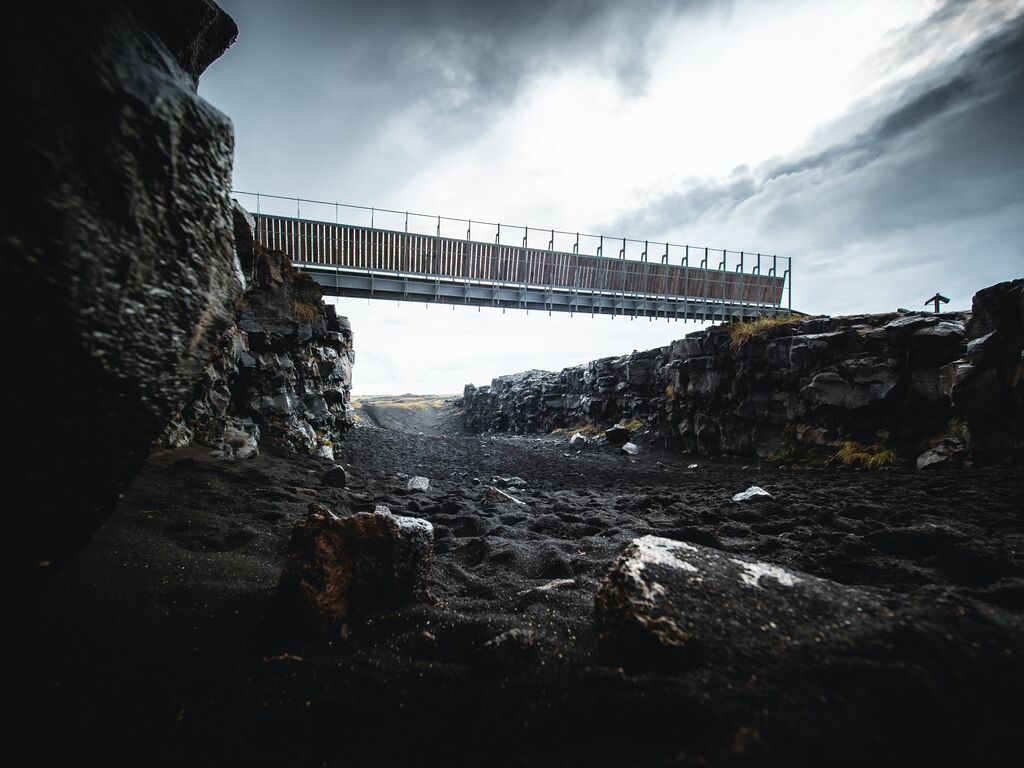
Bridge between Continents
Bridge between Continents is also known as Leif the Lucky’s Bridge. It crosses what looks like a dried up river bed, but is actually the rift between the two tectonic plates that are slowly pulling apart. Visitors can walk back and forth between Europe and North America without leaving Reykjanes.
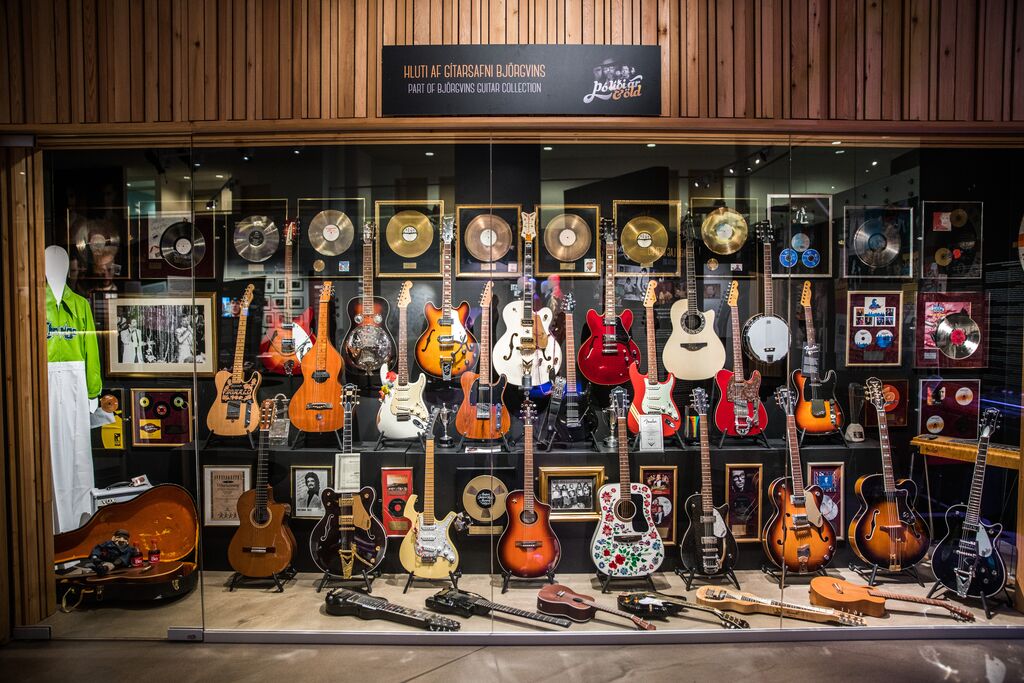
Icelandic Museum of Rock and Roll
Anyone with an interest in rock or pop music needs to pay a visit to the Icelandic Museum of Rock and Roll. Despite its tiny population, Iceland has many talented artists and groups. From Björk to Sigur Rós, their stories are told in this fun museum in Reykjanesbær where you can also test your own musical aptitude.
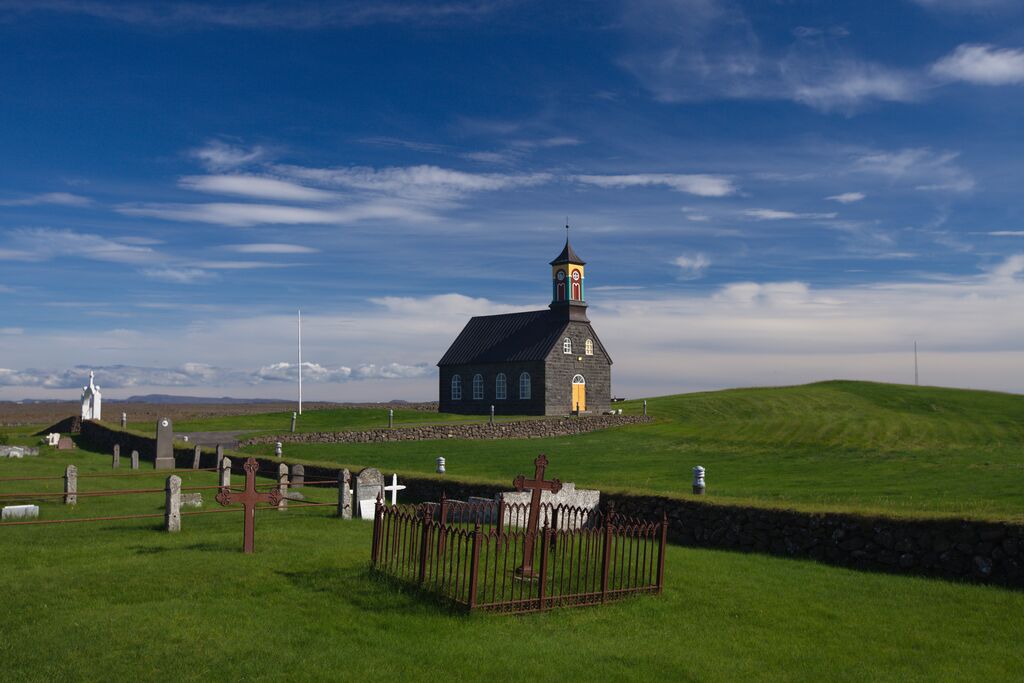
Hvalsneskirkja
This attractive stone church west of the airport was consecrated in 1887, though there’s a much older gravestone in the churchyard which records the death of a child in 1649. The materials used in the church’s construction connect the building to its surroundings: locally-sourced basalt for the stonework and driftwood salvaged from nearby beaches for the interior.
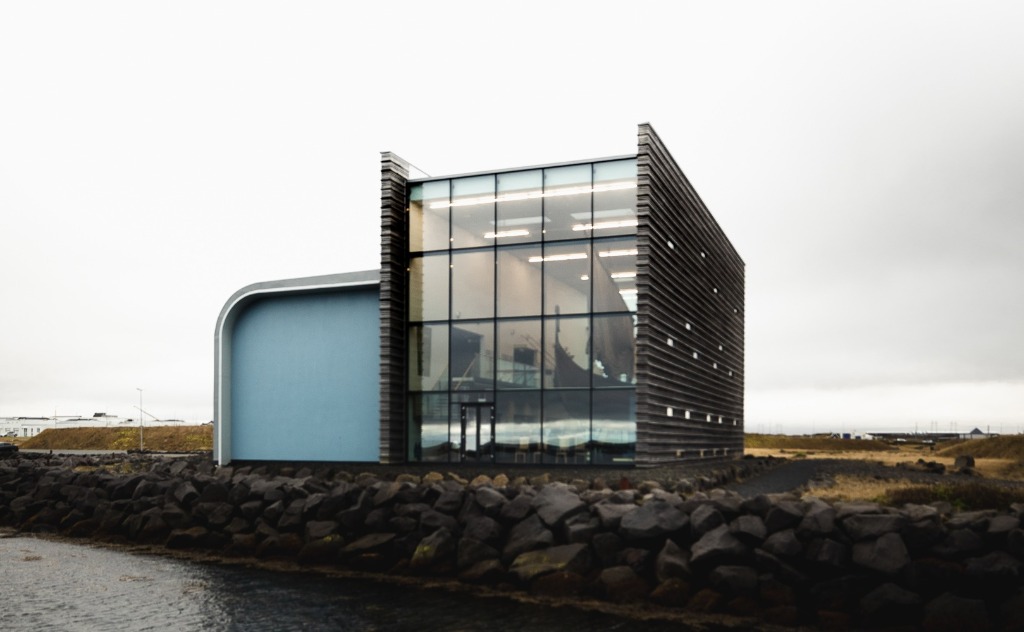
Viking World
The Vikings settled Iceland more than a thousand years ago and you can understand a little of their seafaring traditions at this interesting museum. The star exhibit, a replica Viking ship called Íslendingur, is a reconstruction of Gokstad, discovered in Norway in the 1880s. In 2000, Íslendingur sailed to the New World to commemorate Leifur Eiríksson’s historic voyage.
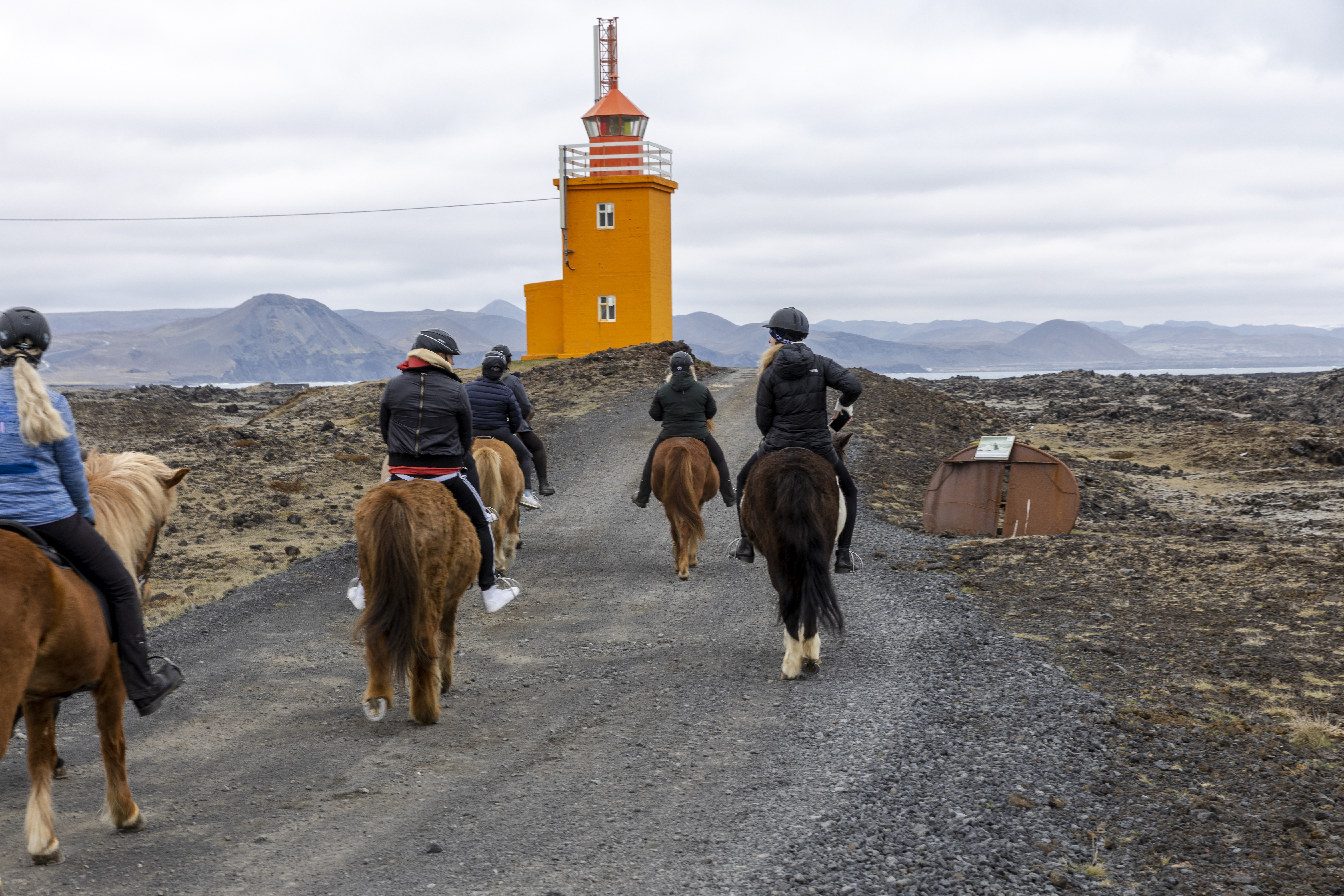
Arctic Horses
Arctic Horses is a small stables just east of Grindavik which offers horseback riding tours for visitors. Short rides of one to two hours will suit even beginners. Let these gentle yet sturdy horses lead you through the Hópsnes peninsula to see its shipwrecks and a landmark lighthouse.
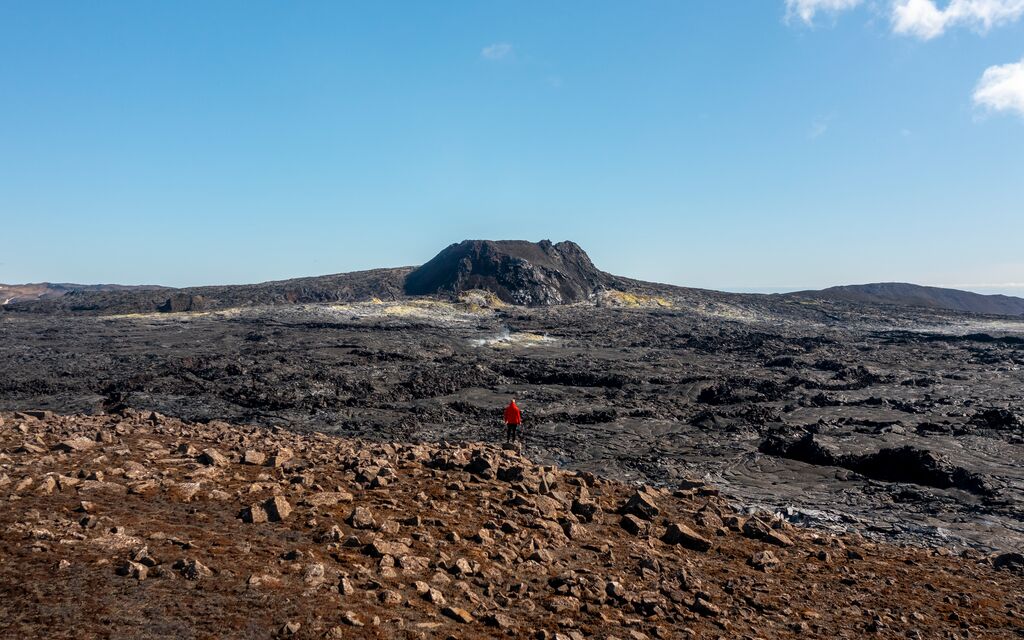
Fagradalsfjall volcano
In March 2021, the Fagradalsfjall volcano began an eruption which would last until the autumn. The spectacle drew visitors from around the world as a steady stream of lava flowed through the valley. Today, the eruption has subsided, but hike the trails to the ridge and you can still take in a jaw-dropping view of cooled lava and sulphur-stained cones.
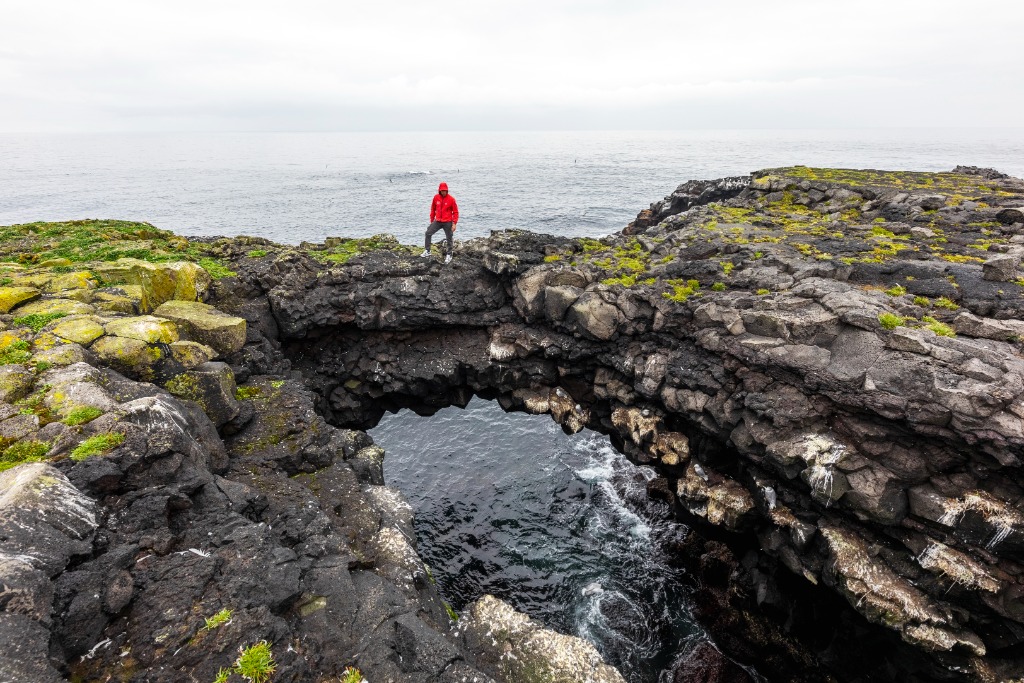
Hafnaberg sea cliffs
Hafnaberg sea cliffs are located not far from the fishing village of Hafnir. Part of the Reykjanes UNESCO Global Geopark, the cliffs are formed from cooled lava. They’re a beautiful sight, but it’s the seabirds which nest there that draw visitors to this remote spot.
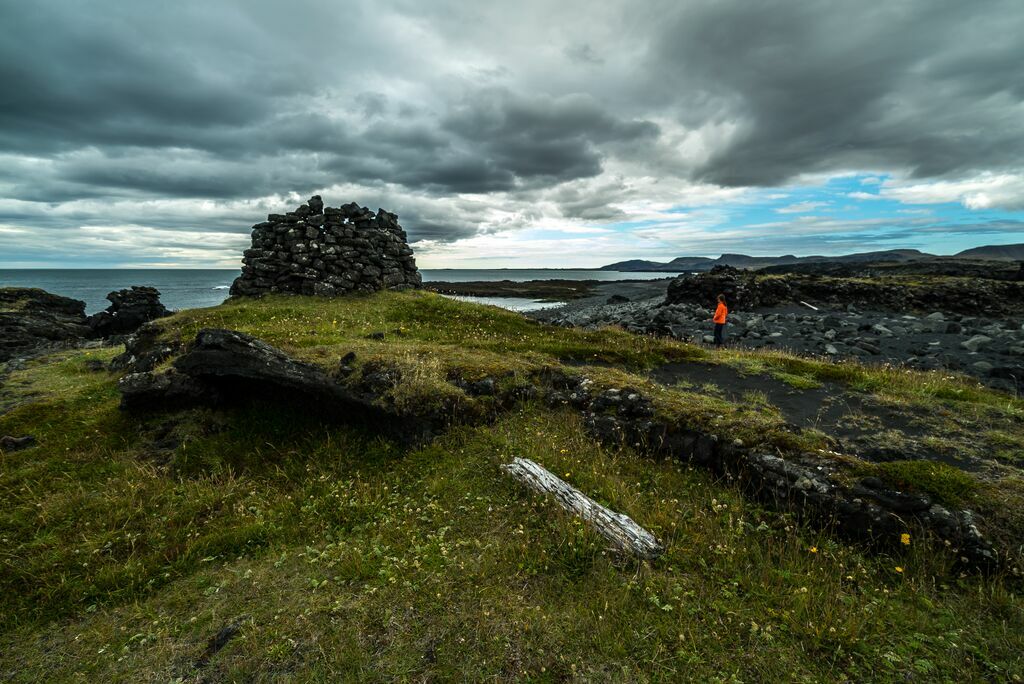
Selatangar
Once, Icelanders used to spend the spring in rudimentary huts so that they could be close to the coast while they fished. Most of these basic fishing stations are long gone, but at Selatangar you can still see the foundations of one of them. It hasn’t been used since the 1880s, but if you’re interested in history it provides a fascinating glimpse into the past.

